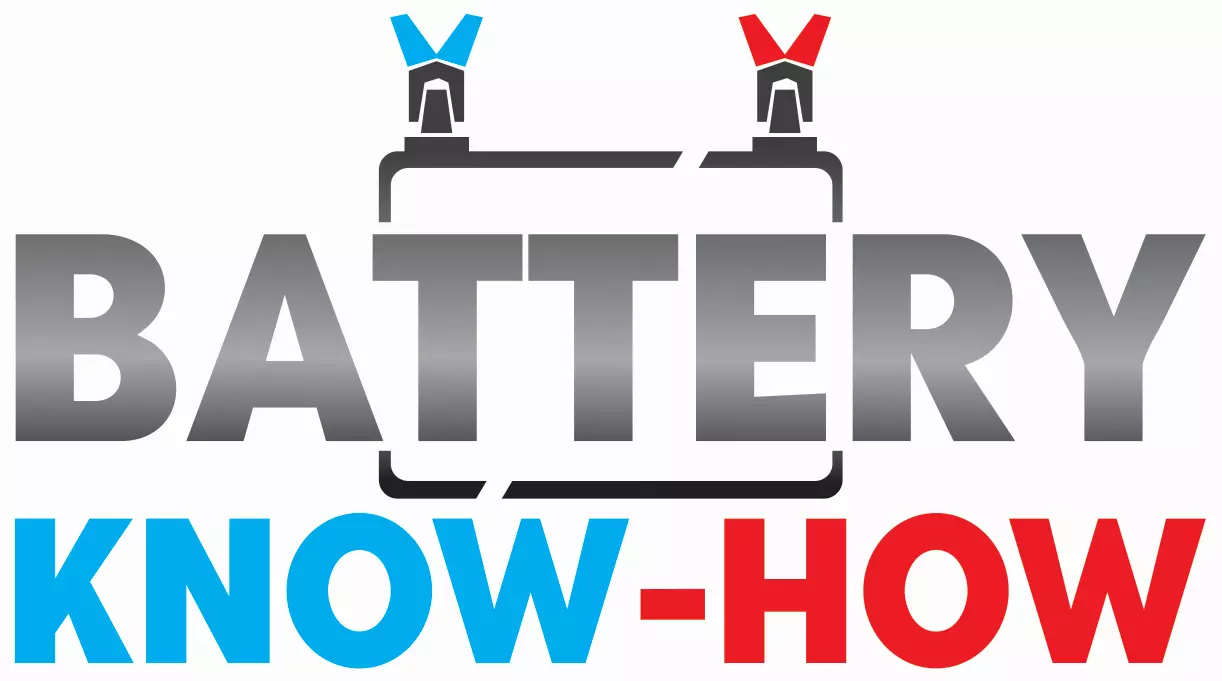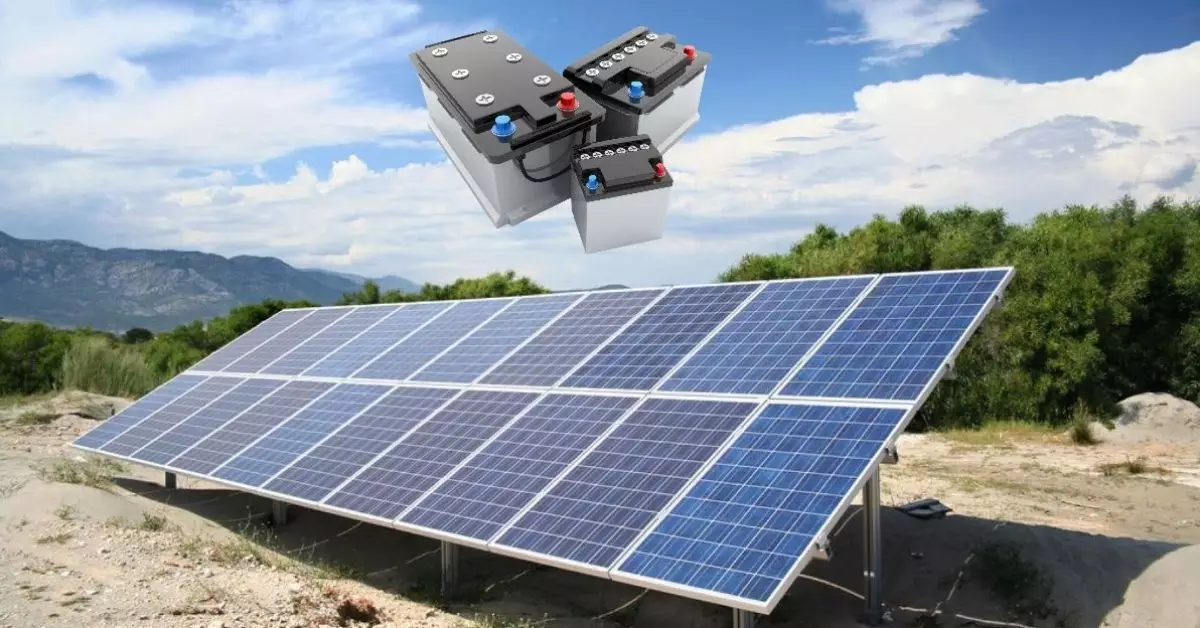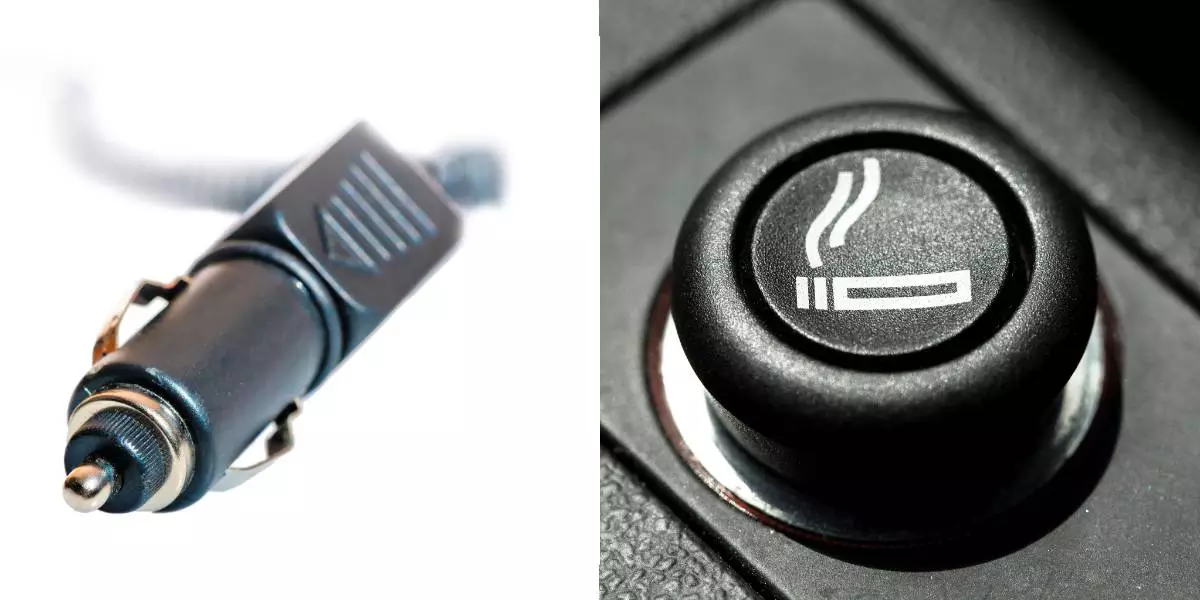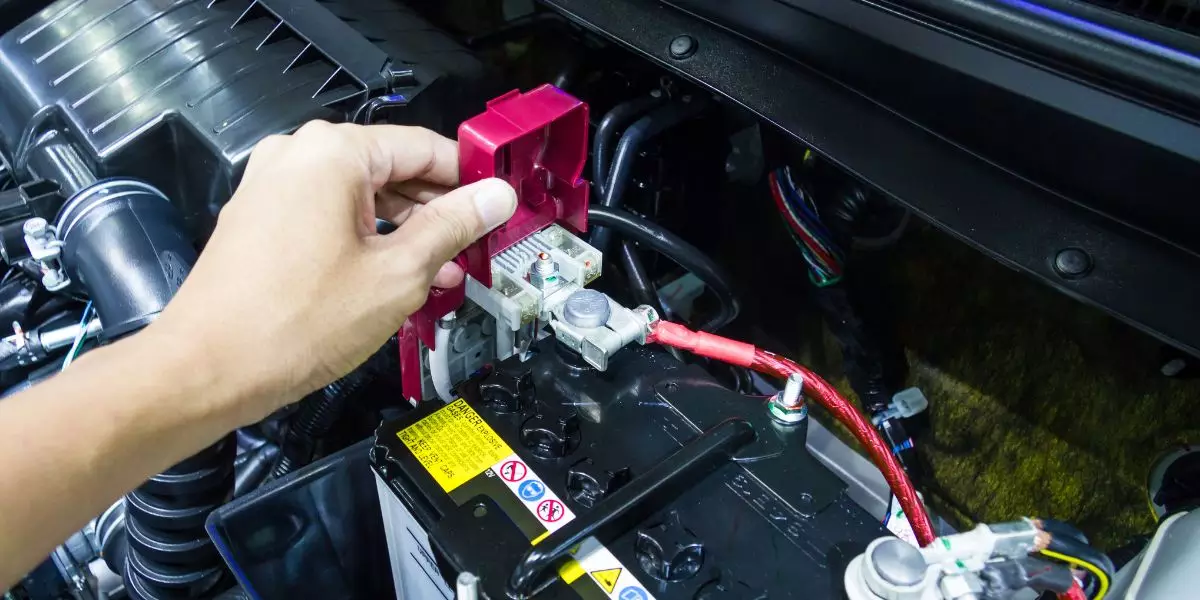Car batteries and solar power batteries look almost identical, don’t they? So, can you put a solar battery under the hood and use it to start your car?
No, you can’t use a solar battery to start a car. That’s because solar batteries are designed to deliver a steady electricity supply over an extended period. These batteries are known as deep-cycle batteries. Cars, however, require automotive batteries that can send a strong jolt of electricity over a short period to start the engine. These batteries are known as starting or starter batteries instead.
Let’s dive deeper into the differences between car and solar batteries so you can understand why they’re not interchangeable with one another.
Can You Use A Solar Battery To Jumpstart A Car?
So, let’s get this clear up front: no, you cannot use a solar battery to start your car or to jumpstart anyone else’s in an emergency.
On the surface, automotive batteries and solar batteries look alike. They almost look identical from the outside with their box-like shape and terminals on top.
However, the truth is that these two types of batteries work very differently to cater to the unique demands of cars and solar energy systems, respectively.
To have a deeper understanding of why solar and car batteries aren’t interchangeable, there are two sides that you’ll need to understand:
- The differences in how car electrical systems and solar power systems function.
- The differences in how car batteries and solar batteries are designed to work.
Don’t worry, though, because the following sections will explain all of those differences to you. By the end of this article, it’ll be much easier to understand why a solar battery can’t start a car, and by extension, why a car battery won’t work in a solar energy setup.
Car Battery Vs. Solar Battery; What’s The Difference?
There are many small and significant differences between car batteries and solar batteries. However, the main difference is how each battery supplies electrical power to the systems they’re connected to.
In short, car batteries deliver quick and powerful jolts quickly, while solar batteries are designed to deliver power at a slow and steady rate over a long period.
Let’s take a closer look at how each type of battery functions.
How Car Electrical Systems Work
The electrical system in your car demands a lot of electricity only when starting the vehicle. That’s because the car needs electricity to power the starter motor and to power the spark plugs that ignite the fuel inside the engine.
So, when you turn the key in the ignition, a strong jolt of electricity goes from the car battery to the starter engine and spark plugs, allowing the combustion process to begin. As a result, the engine will start, and then it’ll keep itself running.
Once the engine is running, the alternator takes over to keep the car’s electrical system powered. At this point, the car battery isn’t discharging much power anymore. So instead, it’s now the battery’s turn to recharge with the electrical power supplied by the alternator.
This entire process will repeat itself every time you turn your key in the ignition to start your car.
How Automotive Batteries Fit Into This System
As you can see from the process above, automotive batteries do most of their work when the car is starting.
So, it should be no surprise that car batteries are also known as ‘starter/starting batteries’. But, overall, car batteries only discharge about 20% of their total capacity to get the job done, and they only do so for a short period.
How Solar Electrical Systems Work
Solar electrical systems work very differently from those inside cars. These systems don’t demand a strong jolt of electricity to function. Instead, they require a slow and steady electricity supply over an extended period. That period can last many hours overnight or even go for several days.
The demand for electricity on a solar power system can also vary throughout those extended periods. For example, not all of the appliances connected to a solar electrical system will be turned on simultaneously. Instead, only some of them will be turned on, and they’ll stay on for different lengths of time.
Another significant difference is understanding how the system charges its battery. Remember: car batteries discharge a lot of power in the beginning before they’re continuously recharged by the alternator.
However, solar systems only demand small amounts of electricity at a steady rate. At the same time, solar panels continuously supply energy back into the system, at least while the sun is up.
When nighttime comes, the panels don’t collect any electricity. That’s not a problem, as the system can continue pulling energy from its battery which has plenty of capacity to last until the sun rises again.
How Solar Batteries Fit Into This System
When talking about solar batteries, you’ll often hear the term ‘deep-cycle battery’. While car batteries are designed to discharge up to 20% of their overall capacity very quickly, solar batteries instead discharge up to 90% of their capacity spread over many hours.
It’s entirely normal for solar batteries to continue discharging overnight or over many days while there’s no sunlight to recharge them. Solar batteries are not designed to deliver a strong surge of electricity needed to start a car.
At this point, the bottom line is clear: solar batteries can’t be used to start a car, and neither can a car battery be used to power a solar energy system.
Exception: Solar Generators With A Jumpstart Function
Solar batteries can’t start cars. However, we must highlight one exception in all of this: solar generators that come with a jumpstart function.
Solar generators are portable energy systems designed to connect to solar panels. Simply put, a solar generator houses all the components of a solar energy system in one box, except for the solar panels themselves.
Solar generator manufacturers include all sorts of functions in their products. Some even include a jumpstart function which you can use to start a car in an emergency.
As you might imagine, the jumpstart function forces the solar battery inside to deliver the intense jolt of electricity a car needs to start.
However, there is one catch: you can only use a solar generator to jumpstart a car in an emergency. That is because the car must still rely on its automotive battery to start on a day-to-day basis.
Final Thoughts
Let’s do a quick recap of what we covered in this guide. First, even though car batteries and solar batteries look almost identical from the outside, they’re built on the inside to function very differently.
Those differences come from the ways that car and solar electrical systems function. In short, cars need a battery that can deliver a strong jolt of electricity in a short period. On the other hand, solar power systems need a battery that can deliver a lot of electricity slowly, steadily, and over many hours or days.
With that said, it’s clear why automotive and solar batteries are not interchangeable at all. The only exception here is solar generators designed to include a jumpstart function.




